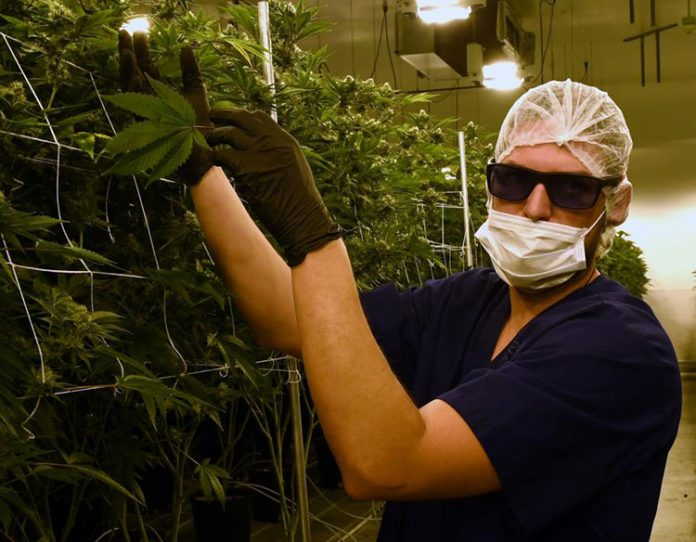Like it or not, medical marijuana is a reality in Florida. More than 100,000 prospective patients are registered, and licenses to grow and distribute are being issued, with 14 operators and some 40 dispensaries now in business.
You don’t even need a pot shop next door. Home delivery is thriving.
But that’s not the big news. The big news is that the medical benefits of pot are at last being proven. Little by little, science is catching up with the hype.
To appreciate this, it’s important to understand that marijuana is not a single substance. It’s a botanical, a plant containing nearly 500 different chemicals, and the chemicals vary from strain to strain. Test results from one strain don’t apply to other strains.
Because of that, most medical evaluations have been carried out on single ingredients, some synthesized in the laboratory to ensure consistency. And with the average cost of three-phase clinical testing now in excess of $2 billion, full-scale trials, even on individual ingredients, aren’t undertaken lightly.
None of this has slowed marijuana growth. Approved for medical use in 29 states, cannabis has gained acceptance largely through word of mouth. Millions of Americans swear pot relieves pain, improves appetite and helps with anxiety and post-traumatic stress. A friend told me marijuana was the only thing that controlled her nausea when she was undergoing chemotherapy. And she had to buy the pot on the street.
But the Food and Drug Administration remains unimpressed. Last year a spokesman said, “No botanical form of marijuana has been found safe or effective for treating any disease or condition.” That’s a harsh indictment.
The counterargument, of course, is that since cannabis has no bad effects, it shouldn’t require rigorous testing. If it’s safe and it works, why sweat approvals? After all, certain foods provide medical benefits and none of them requires a prescription.
But is pot really safe? Its effects on adolescents can be devastating. There’s powerful evidence marijuana is addictive and a gateway drug. And it can put others at risk. Unchecked use has been shown to double the rate of car accidents and increase local theft.
But presumably, none of this applies to medical marijuana, where supply is limited and doses are controlled. Because of the apparent low risk, physicians are starting to accept pot. Nearly half of the cancer doctors recently surveyed by the Dana-Farber Cancer Institute say they recommend marijuana for controlling pain and nausea.
Science to support this is starting to trickle in. A recent Israeli cancer study showed a verifiable 84 percent to 96 percent reduction in pain, nausea and anxiety.
Research at the Touro College of Pharmacy in New York revealed cannabis may also slow the progression of Parkinson’s disease. Touro cited laboratory evidence that the antioxidant properties prevented neuron damage.
Even more striking is a big study by GW Pharmaceuticals in which Phase III trials showed that an extracted form of cannabidiol sharply reduced the frequency of epileptic seizures. FDA approval is expected.
Three other marijuana ingredients already have been approved for treating various diseases. And research is ongoing. In one promising development, tetrahydrocannabinol, the main psychedelic component of marijuana, was chemically modified to enhance its compatibility with eye fluid, opening the way for improved glaucoma treatment.
While this all bodes well, there is still a long way to go. Evidence remains scant. But very gradually the medical benefits of marijuana, or at least some of its ingredients, are being taken seriously. The stuff may really work.
Trecker, who holds a doctorate in chemistry and is a retired executive of Pfizer, serves on a number of local boards.














